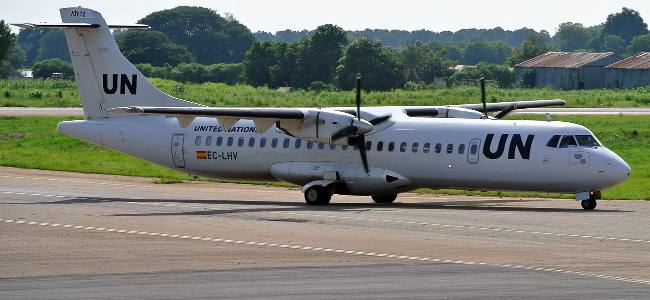
Emergency on board: Airlines are extremely underprepared to deal with this situation
While most medical emergencies occur due to pre-existing medical conditions or illness, the aircraft itself can contribute to health problems because flying is stressful on human body. For example 10 percent drop in blood oxygen saturation in the average traveller is caused by the cabin environment, which is pressurized to the equivalent of 6,000 to 8,000 feet above sea level.
This is a story about emergencies faced at 40.000 feet, told by a witness on www.theatlantic.com.
As he said “I’ve been disturbed several times during my flights for a sick passenger. I have attended two passengers with low blood pressure, a passenger who lost consciousness, a flight attendant with chest pain and shortness of breath. On one occasion, we had to divert the plane for an unscheduled landing. On another, I was asked to come into the cockpit to speak with the ground medical team”.
His first time was on a flight from Chennai to Frankfurt, he was still a medical resident but couldn’t refuse to help. As soon as he slid out of his seat, he realized that he had no idea about what equipment, medications, or assistance, if any, he would have found. Fortunately that time was nothing serious, just a passenger who didn’t feel well after mixing sedatives and alcohol.
The second time he offered his help to a diabetic middle-aged obese man, the blood sugar was normal but his blood pressure wasn’t. The man found the IV kit in the airline medical equipment but was not able to find the passenger vein, “At the hospital where I worked, I would have turned to a nurse for help. Any doctor will tell you that nurses are better at placing IVs, but here I was alone” he said. He coaxed the passenger to drink water since was not able to give fluids intravenously and asked the flight crew to have an ambulance waiting for them at the gate. Once they landed he was speechless: the flight crew allowed the other passengers to deplane first, even after he reminded that the passenger might have a life threatening illness, moreover there was no ambulance waiting!
And that was not the only time where there was no assistance once landed, even after an explicit request.
Generally an emergency landing of a domestic flight may cost an airline about $30,000 and of an international one from $70,000 to $230,000. Only one of the medical events to which the witness responded resulted in an unplanned landing. During a flight from Atlanta to Tucson a man slumped in his seat and the flight crew asked the doctor whether they needed to land immediately or not. He really didn’t know what to answer also because he was focused on trying to attend the passenger. Fortunately the crew made the decision of landing emergently in Hudson.
The FAA requires flight crews be trained to face medical emergencies, use first aid kits, be familiar with the contents of the emergency medical kit, use an automated external defibrillator and to perform CPR. But flight crews also rely heavily on the assistance of health care providers on the aircraft.
Original source:
http://www.theatlantic.com/health/archive/2013/04/medical-emergencies-at-40-000-feet/274623/



